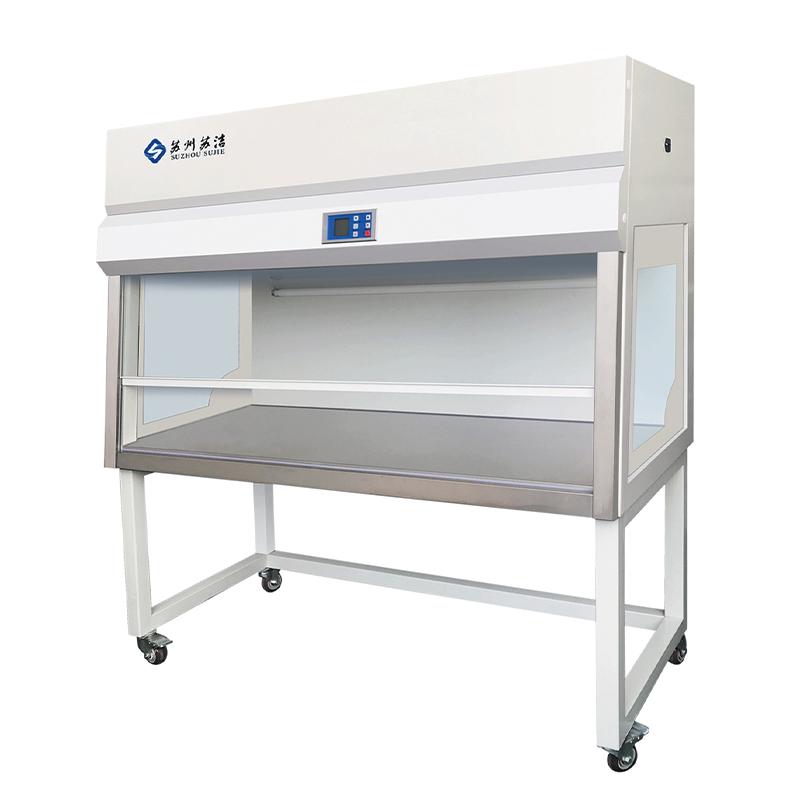Type principle and common faults of clean workbench
A clean workbench is a special piece of equipment designed to provide a dust-free and sterile local air purification working environment. This workbench has been widely used in laboratory, electronic technology, aerospace, precision instruments, meters, fine chemicals, biopharmaceuticals, medical food and other fields, its purpose is to improve cleanliness and ensure process conditions, product accuracy, high purity and high reliability.

The types of clean workbench are mainly standard, medical and biological, which are suitable for different working environments and needs. In terms of technical parameters, these tables have different cleanliness levels, colony number control, wind speed regulation, noise control, vibration control, illumination, power requirements and maximum power. For example, the cleanliness level can reach 100 @≥0.5μm, in line with the US federal 209E standard.
Type principle and common faults of clean workbench
In terms of structure, the clean workbench adopts the form of all-steel structure, and the outer surface is treated by electrostatic spraying process, which increases the durability and beauty. Its internal structure includes a bellows and a static pressure box, which is equipped with a high efficiency filter. The top of the workbench is usually made of high-quality stainless steel, which is not only beautiful but also durable. In order to ensure a sterile environment, the workbench is also equipped with ultraviolet germicidal lamps, which can emit strong 2537-A short-wave ultraviolet rays, which can not only kill the active cells of microorganisms, but also effectively kill a variety of heat-resistant spores and mold spores.
The working principle of the table is through horizontal or vertical laminar flow (unidirectional flow) air flow. Through the variable speed centrifugal fan, the air pre-filtered by the coarse filter is pressed into the static pressure box, and then filtered through the high efficiency filter for secondary filtration. In this way, when the clean air blown from the high efficiency filter passes through the working area, the dust particles and microbial particles are taken away at a certain cross section wind speed, forming a sterile working environment.
Type principle and common faults of clean workbench
When using the workbench, it is necessary to pay attention to several key steps, such as early startup preheating, the use of ultraviolet germicidal lamps, and the start of fans. At the same time, the maintenance of the workbench is also very important, such as regular cleaning or replacement of coarse filter cloth, regular environmental sterilization work, and keep the surface of the UV germicidal lamp clean. In addition, when the wind speed in the operating area cannot meet the requirements, the high efficiency air filter needs to be replaced.
For common faults, such as no power supply, fan does not work, lighting is not bright and other problems, there are corresponding treatment methods. For example, for problems with no power supply, it may be necessary to adjust the plug to socket contact or check the wiring. If the fan is not working, you may need to replace the control board or check the fan itself.
Overall, a clean workbench is a highly specialized and technical piece of equipment that is essential for maintaining the cleanliness and sterility of the laboratory and production environment. Proper use and maintenance can not only improve work efficiency, but also extend the service life of the equipment.
